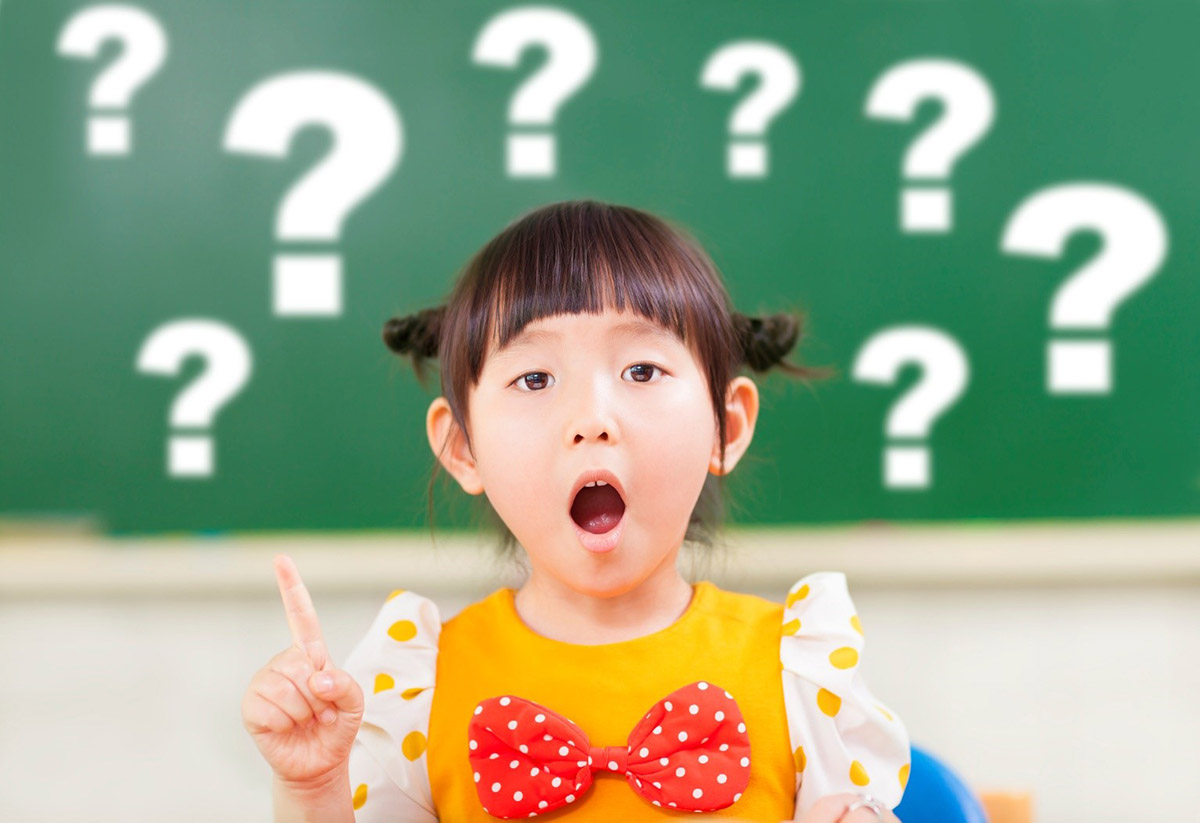
Pesach is almost here! Passover encourages families, especially kids, to ask questions around the seder table. But along with the weightier questions your children may have about the story of Pesach, the themes of freedom, and what happens at a seder, they’re also likely to have some more everyday inquiries too, like “Why can’t I have a peanut butter bagel for lunch?”
Here are 10 common things kids ask around Pesach, with easy answers for grown-ups to refer to on the spot.
Why Do We Have to Eat Matzah?
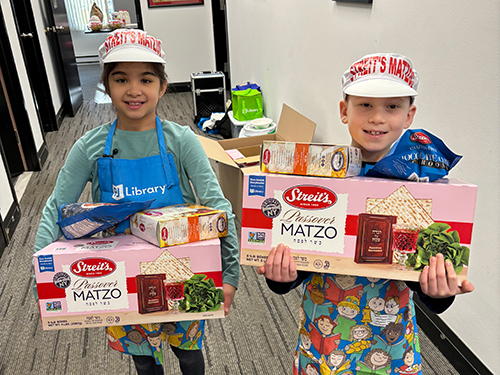
Matzah is made of the same dough as bread, but we mix and bake it much faster. That’s why it stays flat and dry. Matzah reminds us that when Pharaoh finally agreed to let us go, we had to leave Egypt fast! There was no time to get ready or to wait. Eating matzah at the seder reminds us of slavery and also of freedom, because we took it with
Do We Have One Seder or Two?
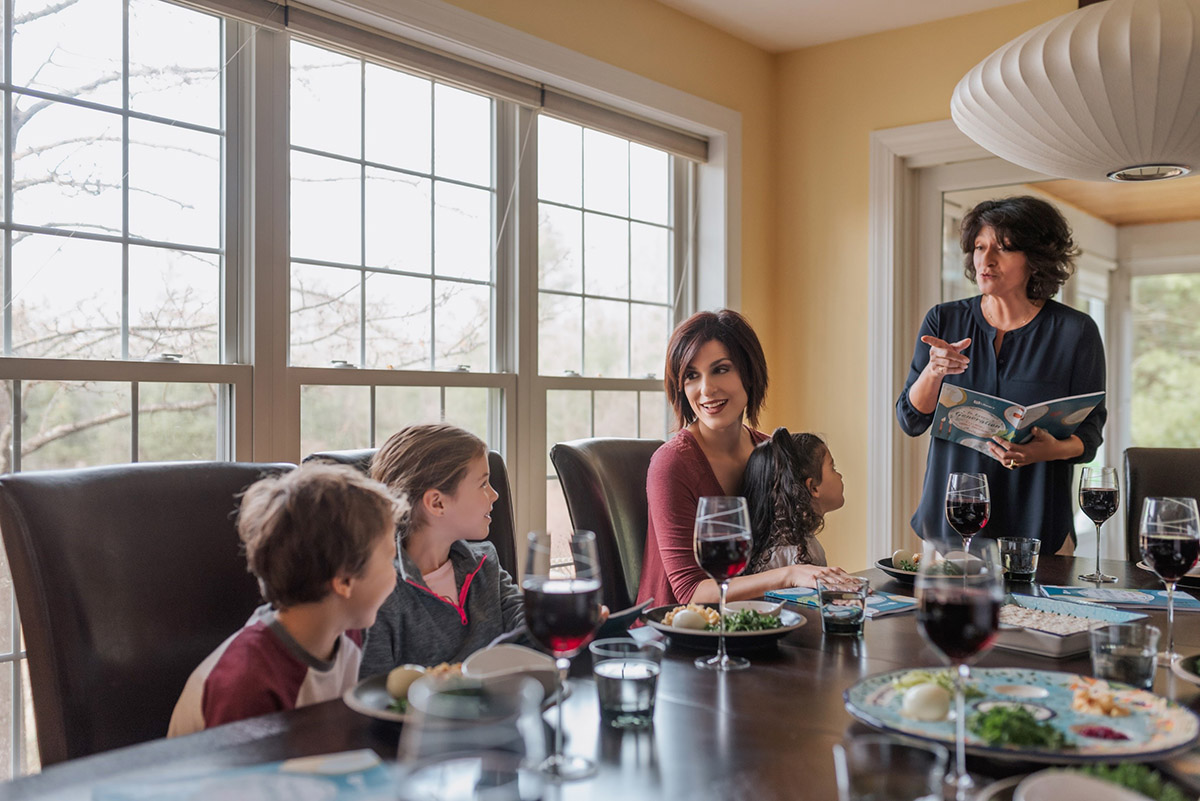
Depending on where you live and what your own family’s traditions are, your family might have one seder or two. Generally everyone attends or hosts at least one seder during Passover, but there’s no hard and fast rule that says you can’t have two, or three!
Can We Eat Peanut Butter During Pesach?
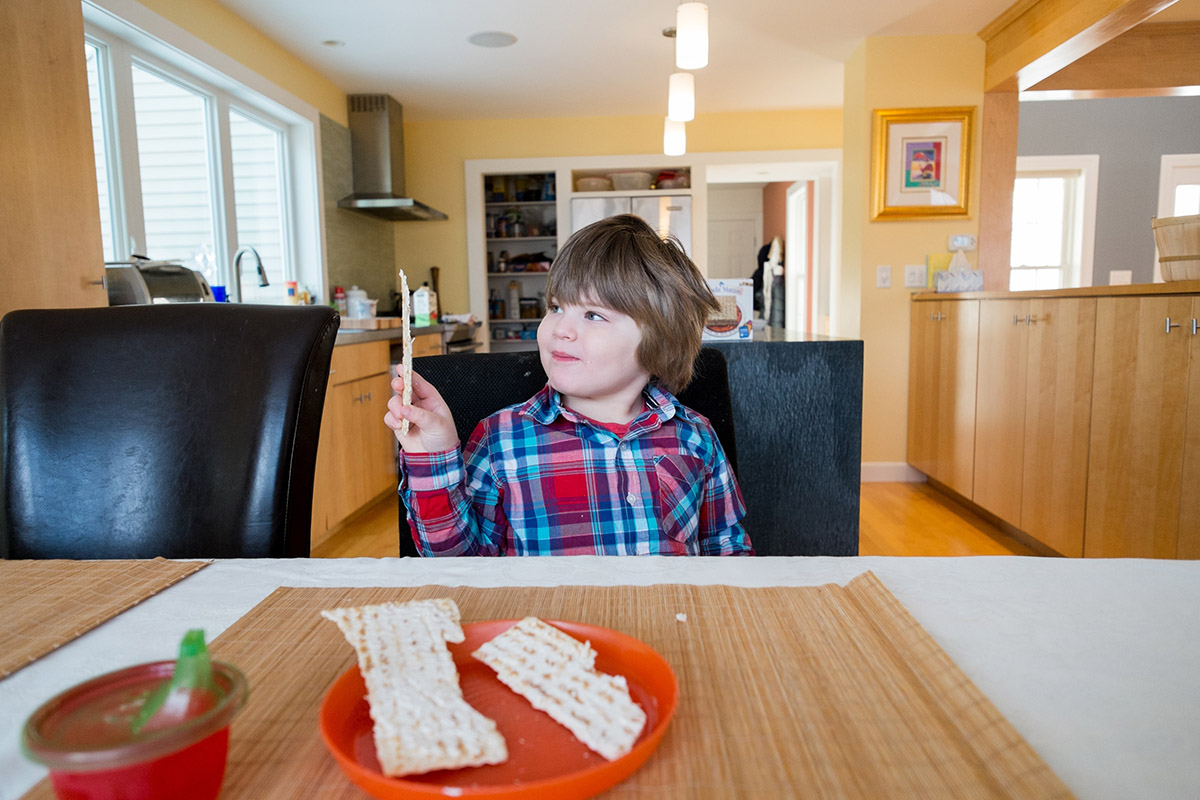
Different families have different traditions and customs about what they feel comfortable eating during Pesach. As a rule, everyone tries their best to avoid leavening, or chametz. Some families also choose not to eat foods that can puff up and resemble grains, like rice, quinoa, beans, or peanuts.
Even though it might be tough to give up hummus or pizza for a few days, there’s a really important lesson behind not eating chametz during Passover.
To commemorate the Jewish slaves’ hasty departure from Egypt when there was no time for bread to rise, families often celebrate Pesach by feasting on matzah and removing all types of chametz or leavening from their homes.
Why Is Our Seder Longer Than My Friend's?
Your seder plate is also as unique as your family
Every family is unique and so is every seder. Some people get together and host a seder that lasts for hours, with lots of breaks for singing, stories, games, and more. Other people use a quick, super fast seder for the children and stretch things out for the grown-ups after bed. There’s no right or wrong way to do things.
When Does Pesach End?
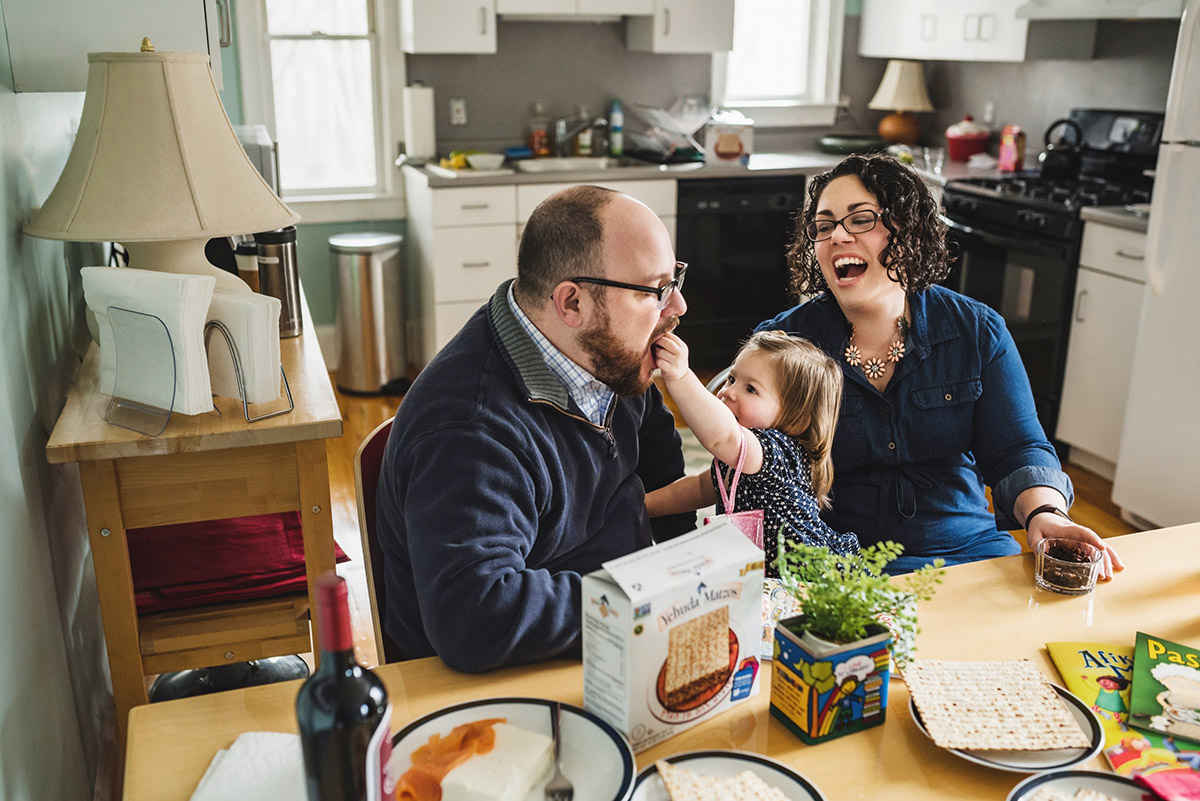
Pesach is an seven-day holiday, but depending on where your family lives and what traditions they observe, you may observe an extra day of Pesach. You can learn more in this short piece from JewishBoston.
Why Do I Have to Sing "Dayenu?"
Because it’s so much fun! But also, we sing “Dayenu” to show gratitude and feel happy. Dayenu means “It is more than enough for us!” God has given the Jewish people so many gifts — and even just one of them would have been enough for us to feel thankful and full of joy. Check out 5 Ways to Sing “Dayenu.”
Why Did God Send the 10 Plagues?
In the Pesach story, to change Pharaoh’s heart, God sent ten messages. Each message was a plague – something frightening or bad that could make Pharaoh understand that what he was doing was wrong. These Ten Plagues scared the Egyptians. Some of the plagues ruined things that Egyptians prayed to, like the Nile River and the sun. Some made them sick, like sores, or spoiled their food, like locusts that ate up the plants in the fields. After each plague, Pharaoh thought about letting the Jews go free, but he always changed his mind. On Pesach, we are grateful that extraordinary things happened to help us go free. But we’re also sad that other people suffered while we were saved.
What Are the Four Questions Again?
Asking questions out loud and answering questions in ways that tell our own stories are both signs of being a free person. Traditionally, the youngest person or people at the table get to ask the Four Questions if they’re willing and able to do so. These questions are introduced with the Hebrew phrase “Ma Nishtana”, which means “What is different?” You can also review PJ Library’s Four Questions post if you need help.
What if I'm Too Nervous to Read the Four Questions?
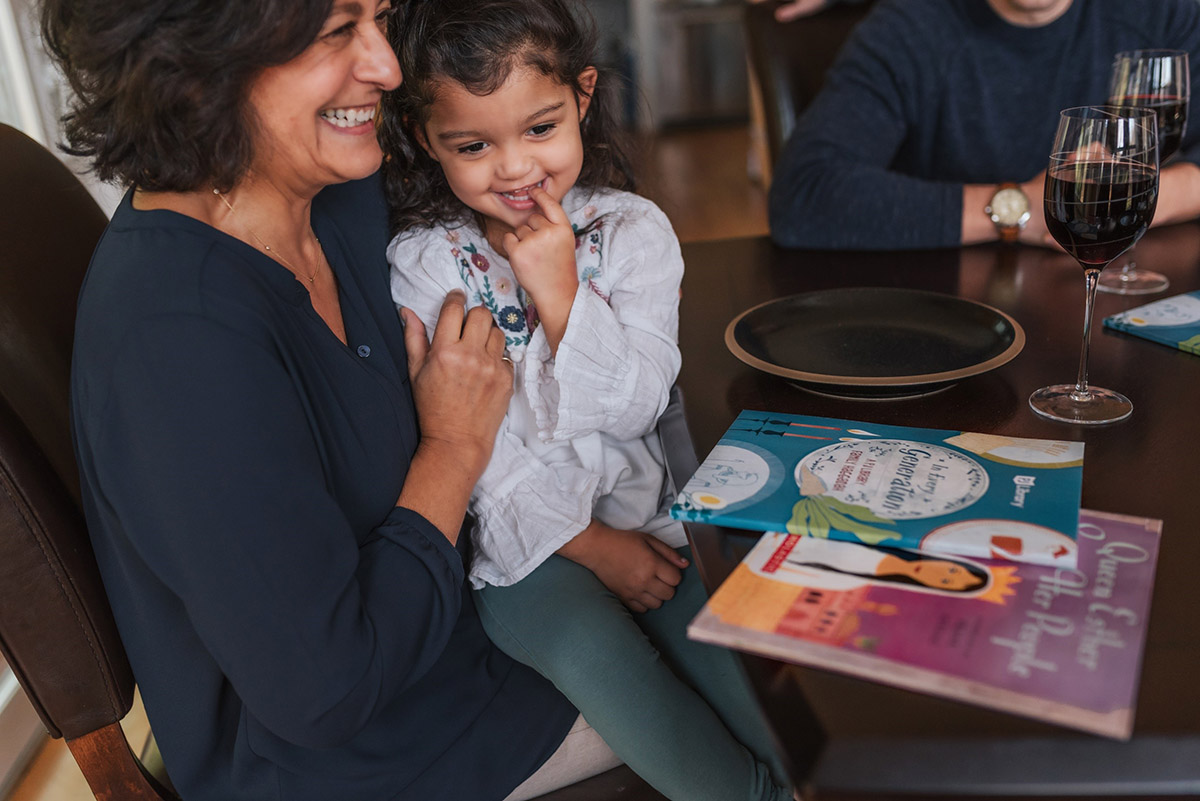
You can read them with a buddy, act them out, or pick someone else to read this year. It’s okay to pass on your turn or invite the whole family to read the questions together.
Why Do You Hide the Afikomen?
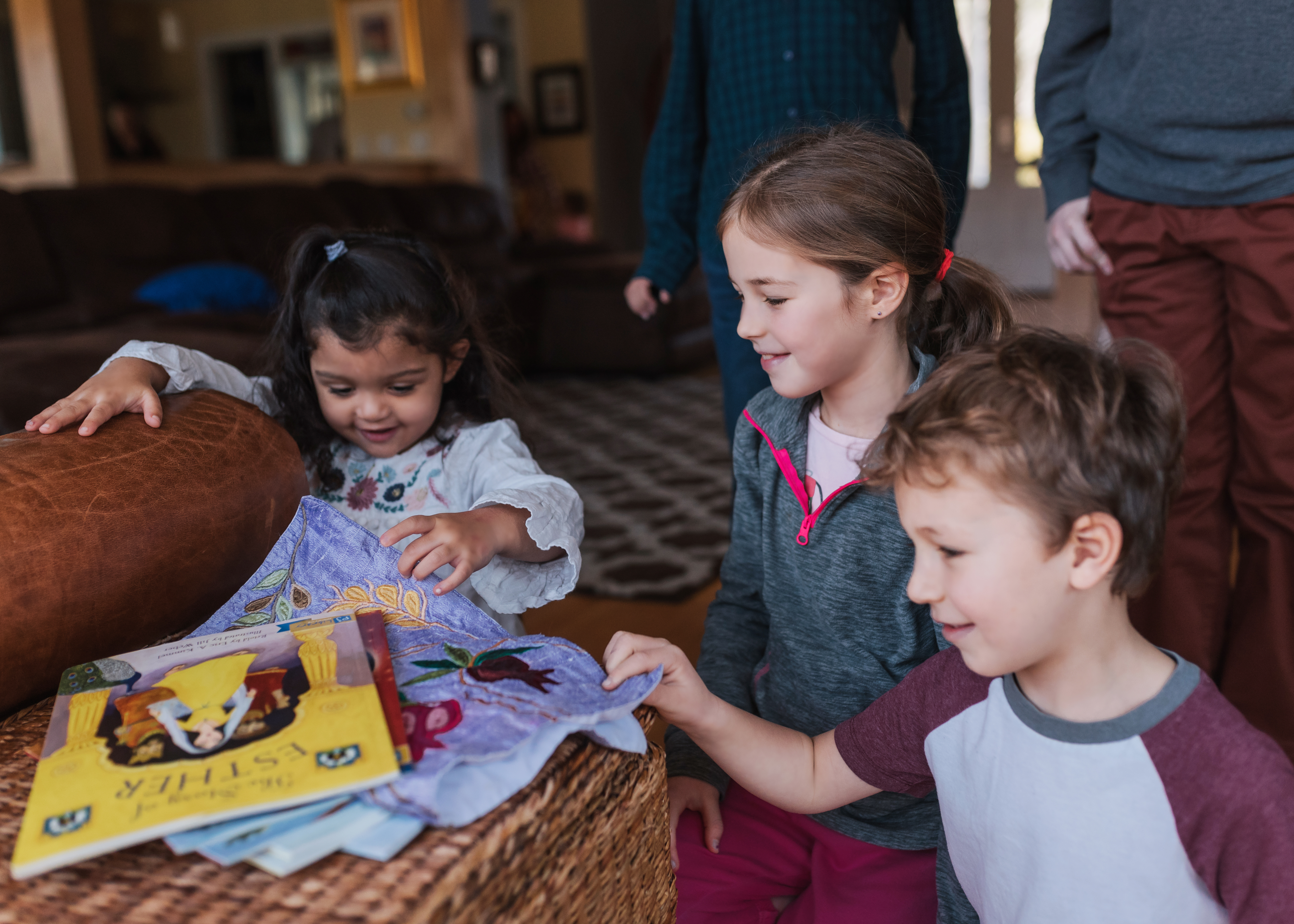
At the start of this seder, the adults hide the Afikomen, or dessert matzah. The meal cannot finish without this very unusual dessert – a last taste of matzah. Taking the afikomen out from its hiding spot means we are ready to finish our meal. At the beginning of the seder, matzah was the bread of poor slaves. Now that we are free people, with plenty of food, it is the bread of freedom and of remembering our history. With this last taste of freedom in our mouths, we are ready to say thanks for our meal and to continue the seder.
February 25, 2021